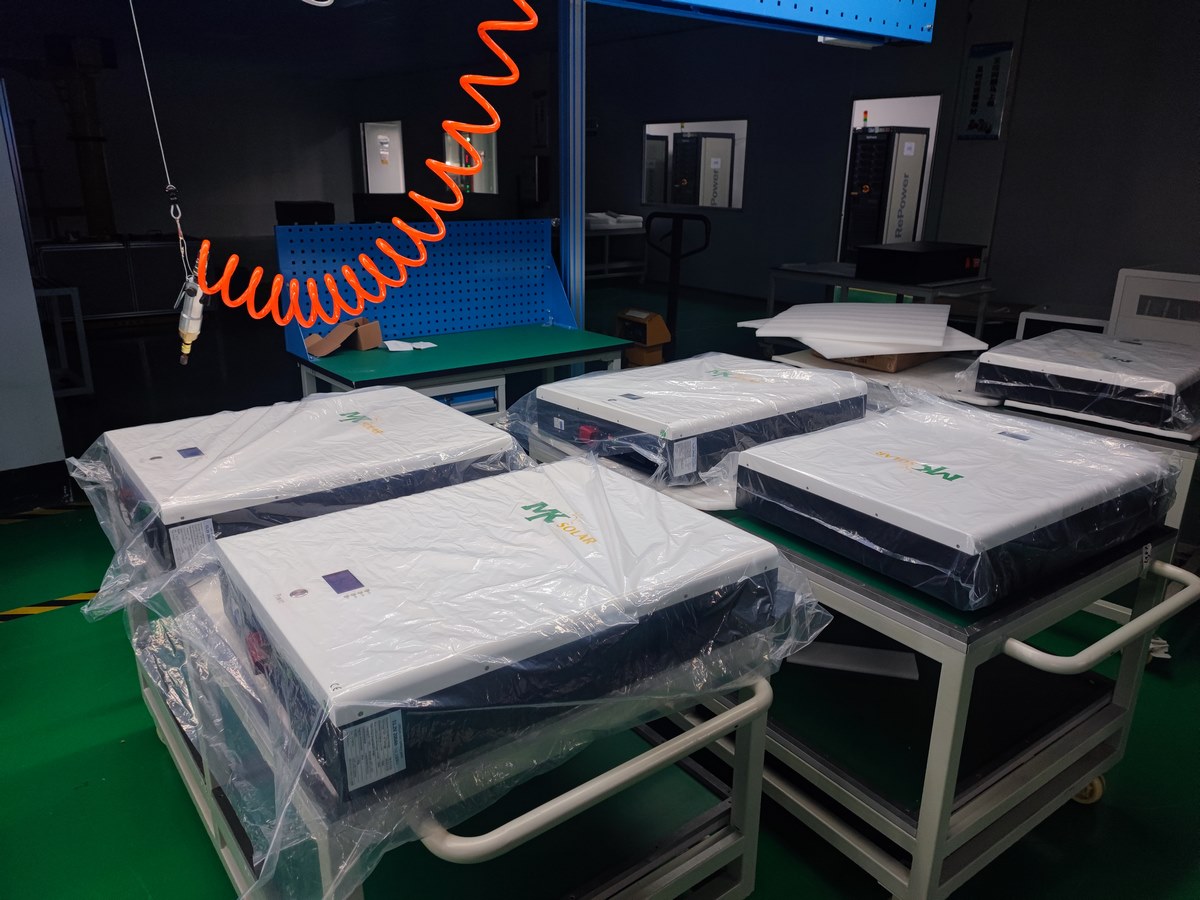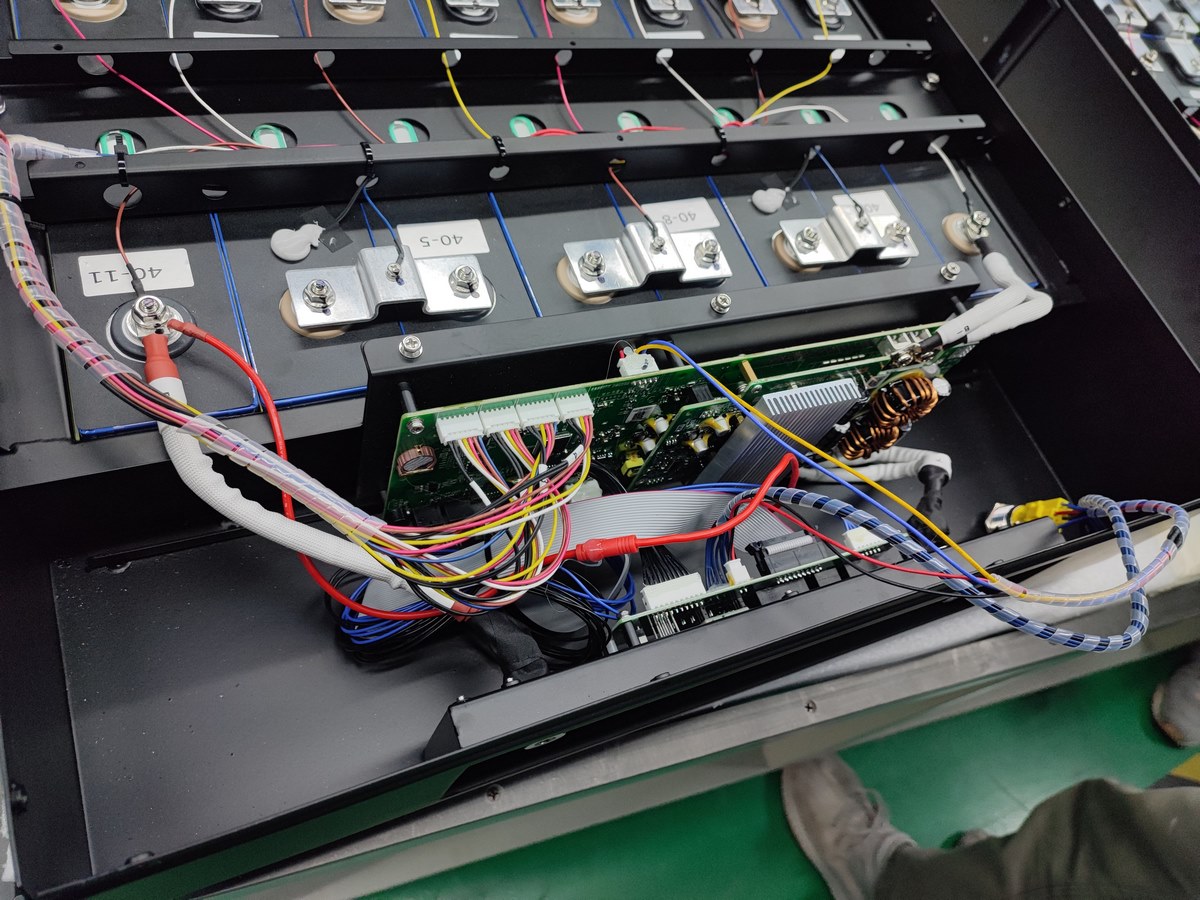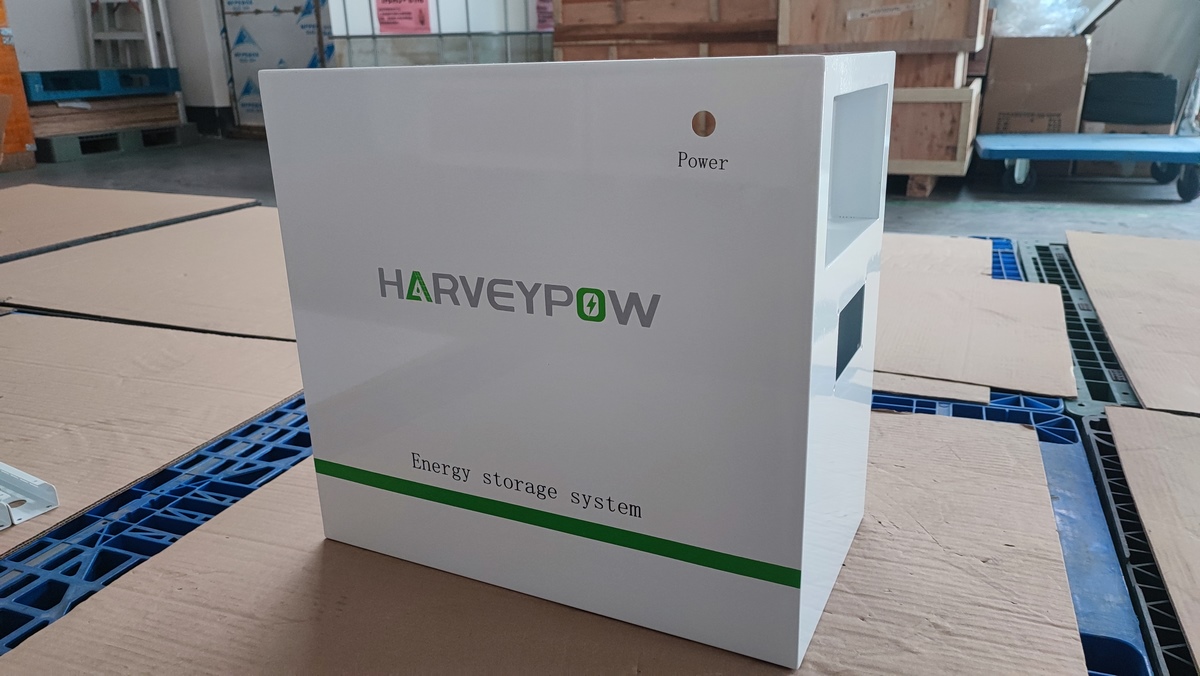Unveiling The Science Behind Lithium Battery Cycle Life And Performance
Ever felt like you're running on empty when your device's battery dies? You're not alone.
This article peels back the curtain on the science behind lithium battery cycle life and performance.
You'll delve into the chemistry, understand the factors impacting performance, and explore future prospects.
Don't let battery woes get you down; let's charge into the fascinating world of lithium battery technology together!
Key Takeaways:
- The lifespan of lithium batteries diminishes after a certain number of charge cycles
- Technological advances from top lithium battery manufacturers are extending battery life
- Improving battery lifespan is crucial for better longevity
- Enhancing battery lifespan is a key focus in battery technology advancements

Understanding the Basics of Lithium Batteries
You're about to dive into the basics of lithium batteries, so you'll understand how they work and why they're so commonly used.
Ever wonder why your smartphone, laptop, or electric car relies on a lithium battery? It's because they're incredibly efficient at storing energy and have a high energy density. That means they can hold more power for their size compared to other battery types.
Lithium batteries consist of two electrodes separated by an electrolyte. When the battery is in use, lithium ions move from the negative electrode to the positive one, creating an electric current. When you recharge the battery, the ions move back to the negative electrode. This process, known as cycling, can be repeated thousands of times, making lithium batteries long-lasting.
Now, you might be wondering, why lithium? Well, lithium is the lightest of all metals and has the greatest electrochemical potential. This makes it an ideal material for creating high-energy batteries.
Now that you've got the basics down, it's time to delve a little deeper. So, prepare to unravel the mystery as we explore the chemistry inside lithium batteries.
Exploring the Chemistry Inside Lithium Batteries
Let's delve into the fascinating world of the chemistry that powers these energy storage devices. Lithium batteries, as you may know, are composed of an anode, a cathode, and an electrolyte. The anode and cathode are the battery's heart, where all the action happens.
The anode, typically made of graphite, acts as the negative pole. It's here that lithium ions are stored before being transferred during discharge. The cathode, or the positive pole, is usually composed of a lithium metal oxide. It's the receiving end when your battery is in use. The electrolyte is the medium through which the lithium ions travel from the anode to the cathode and back during charge and discharge cycles.
Now, why lithium? Well, lithium ions are incredibly reactive, which makes them an excellent choice for the high energy transfer required in batteries. Their small size also allows for a higher energy density, meaning more power packed in a small space.
However, this high reactivity and energy transfer isn't without its drawbacks. As we'll explore in the next section, these factors greatly influence a battery's cycle life, or how many times it can be charged and discharged before its performance degrades.

What is Battery Cycle Life?
Understanding how often a battery can be charged and discharged before it starts to lose its efficiency is what's referred to as its cycle life. Imagine it as a battery's lifespan, measured by the number of complete charge/discharge cycles it can undergo before its capacity falls below 80% of its original capacity.
You might ask why 80%? Well, it's an industry standard that represents the point when a battery's performance starts to decline significantly. It's like your battery is aging and it's no longer as robust as it was in its prime.
For example, if your cell phone battery had a cycle life of 500, it means that you could charge and discharge your phone completely 500 times before you'd notice a decrease in how long your battery lasts.
Keep in mind, though, that the cycle life isn't the only factor determining your battery's longevity. How you use and store your battery can also impact its lifespan. With this knowledge, you're now better equipped to understand and manage your battery's performance.
Let's now delve into those factors that affect lithium battery performance.
Factors Affecting Lithium Battery Performance
Several factors can influence a lithium battery's efficiency including temperature, rate of discharge, and depth of discharge. As you might already know, a lithium battery performs best at a moderate temperature, usually around room temperature. Too high or too low a temperature can cause the battery to work inefficiently.
The rate of discharge refers to how fast the battery's stored energy is used. Elevated discharge rates can place undue stress on the battery, leading to decreased efficiency. Conversely, the depth of discharge signifies the proportion of the battery's energy that has been utilized. A more profound discharge has the potential to diminish the battery's overall lifespan. Additionally, it's worth noting the battery's self-discharge rate, which reflects the gradual loss of stored energy over time.
Consider this table below for a better grasp:
| Factors | Effect on Battery |
| High Temperature | Decreases Efficiency |
| Low Temperature | Decreases Efficiency |
| High Rate of Discharge | Strains Battery |
| Deep Discharge | Shortens Lifespan |
Understanding these factors isn't just about boosting a battery's performance. It's also about prolonging its life, ensuring you get the most out of it. Now, let's delve deeper into what happens when a lithium battery starts to degrade over time.

The Degradation Process of Lithium Batteries
You're likely curious about what exactly happens when your lithium battery begins to degrade over time. Well, it's a gradual process that involves a few factors.
Firstly, there's solid-electrolyte interphase (SEI) layer formation. This is a protective layer that forms on the battery's anode during the first few charge cycles. While it's helpful in some ways, it also consumes lithium ions, which over time reduces the battery's capacity.
Next, there's lithium plating. When you charge your battery too quickly, lithium ions can't enter the anode fast enough. This causes them to accumulate on the surface, forming a metallic lithium layer. This not only reduces battery performance but also poses a safety risk.
Lastly, there's active material loss. This happens when the materials in the battery's electrodes slowly degrade and lose their ability to store energy. This can be due to various reasons, including heat, lithium battery overcharging, or simply aging.
By understanding how these factors contribute to battery degradation, you can start to see why it's important to maintain your lithium battery properly.
The next section will show you how to keep your battery in top shape and enhance its longevity, without compromising its performance.
How to Improve Lithium Battery Cycle Life and Performance
Let's dive into how you can extend your battery's lifespan and optimize its efficiency.
First, always keep your battery at a moderate temperature. Extreme hot or cold conditions can damage the battery's structure and reduce its performance.
Next, avoid overcharging. Lithium batteries don't require complete charging cycles. It's better to charge them partially and frequently rather than fully draining and recharging them.
Limit high-intensity applications when your battery is low. High-performance tasks can strain a weak battery, leading to faster degradation. Also, consider using power-saving modes which optimize the device's performance by limiting background processes and reducing screen brightness.
Moreover, store unused lithium batteries with around 50% charge. Storage at a full or empty charge can stress the battery, shortening its cycle life.
Lastly, keep the software updated. Often, these updates include power optimization features that can help boost your battery's life.
Efficiently managing your lithium battery can significantly improve its lifespan and performance. Nevertheless, it's essential to note that the technology isn't perfect.
The next section will delve into the current challenges in lithium battery technology that researchers are striving to overcome.

Current Challenges in Lithium Battery Technology
Despite the numerous lithium batteries benefits, there are still key challenges in battery technology that need addressing. As an enthusiast, you have to appreciate that while lithium batteries have revolutionized our tech devices, they are not without their flaws.
Here's a look at some of the main challenges:
- Energy Density: Although lithium batteries have a higher energy density than most, there is still room for improvement. We need batteries that can store even more energy without increasing in size.
- Safety Concerns: Lithium batteries can be hazardous if not handled properly. They can catch fire or even explode under certain conditions.
- Cost: High production cost is another major challenge. The materials used in lithium batteries are expensive, which drives up the overall cost.
- Lifespan: The lifespan of a lithium battery remains a concern. After a certain number of charge cycles, the battery's performance significantly diminishes.
- Environmental Impact: Lastly, the disposal of lithium batteries poses environmental concerns. They contain harmful chemicals that can pollute the environment if not disposed of properly.
But don't despair just yet. There's hope on the horizon with recent advances in lithium battery technology. Let's delve into that next.
Recent Advances in Lithium Battery Technology
There've been exciting advancements in technology that are addressing these challenges head-on, making the future of batteries brighter than ever. You're now witnessing an era where scientists and engineers are tirelessly working to enhance lithium battery performance. They're focusing on improving energy density, extending battery life, and ensuring safety.
For instance, you've probably heard about the development of solid-state batteries. These batteries replace the liquid electrolyte with a solid one, which can significantly boost energy density and safety. You've also seen strides in nanotechnology, where the use of nanostructured materials is enhancing the conductivity and durability of the batteries.
Moreover, researchers are adopting artificial intelligence to predict battery performance and life, aiding in the design and selection of materials. They're also developing methods for fast charging without degrading the battery life.
Now, why are these advancements important? Well, they're not only contributing to the evolution of devices like smartphones and electric cars but are also playing a crucial role in sustainable energy solutions. This will be further explored in the subsequent section discussing the role of lithium batteries in sustainable energy.

The Role of Lithium Batteries in Sustainable Energy
In the realm of sustainable energy, lithium batteries are playing a pivotal role. It's becoming increasingly clear how crucial they are to this sector's growth. They're an integral part of the renewable energy landscape, powering electronic devices, electric cars, and storage systems for solar and wind power.
Their high energy density and long cycle life make them a go-to choice for these applications. Unlike conventional batteries, they don't waste energy as heat and can store a significant amount of power for their size. This efficiency and compactness make them ideal for situations where space is at a premium, like in electric vehicles or urban solar installations.
But it's not just about their performance today. Lithium batteries are also key to the future of sustainable energy. The continued development and refinement of this technology are driving down costs and improving performance, making renewable energy more accessible and practical for everyone.
As you delve deeper, you'll realize that the impact of lithium batteries extends beyond just energy storage. They're reshaping the way we think about energy, driving a shift towards cleaner, more sustainable sources.
Now, let's explore what the future holds for lithium battery technology.
Future Prospects of Lithium Battery Technology
You're probably wondering what's next for this game-changing technology, aren't you?
The future of lithium battery technology holds immense possibilities. Imagine a world where energy storage is no longer a challenge, where battery life is extended beyond your wildest dreams, and electric vehicles are the norm, not the exception.
The prospects of lithium battery technology include:
- Energy Storage Revolution:
- Your home could be powered during blackouts or emergencies by stored energy from lithium batteries, contributing to your peace of mind.
- Imagine the joy of not having to worry about the environmental impact, as these batteries could facilitate the shift to renewable energy sources.
- Extended Battery Life:
- Your favorite gadgets can last longer. Think about the satisfaction of not having to charge your phone or laptop frequently.
- The convenience of electric cars with extended driving range will be a reality and you'll be part of that green revolution.
Your future is going to be bright and sustainable, all thanks to lithium battery technology. So, why not start embracing this technology today? It's your ticket to a convenient, sustainable future. Embrace the change.

Blog series: The Top 25 Lithium Ion Battery Questions Answered!
Conclusion
You've journeyed through the complex world of lithium batteries, unraveling their inner secrets. It's been an enlightening ride, hasn't it?
There's no doubt, lithium batteries hold the key to a truly sustainable energy future. But remember, we're only at the tip of the iceberg. There's so much more to uncover.
It's not just exciting, it's earth-shatteringly transformative. So, buckle up, because the future of energy is going to be electrifying!
